Best iPad for musicians and producers 2025: My pick of Apple tablets for all levels of music maker
Apple's iPads can now comfortably handle every music production task, but which is most suited to your needs? I put the whole range under the microscope
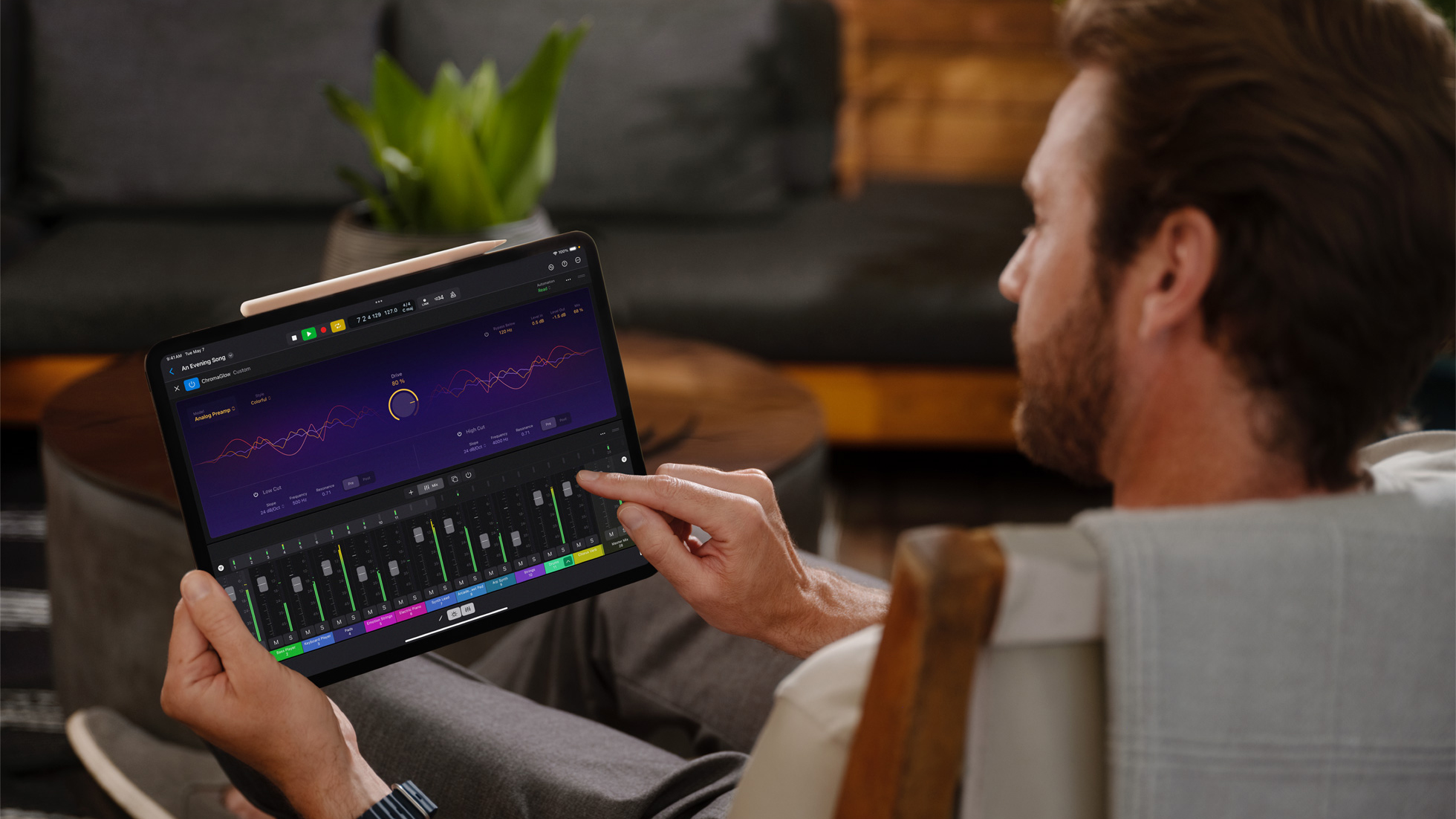
The Apple iPad is a defining piece of modern consumer hardware. Over years upon years of iteration and improvement, it has slid its way into creative, professional and professional-creative workflows across the board. Despite this, proper uptake in musician and producer circles has been slow, for a variety of reasons - at least, that is, until Apple announced their in-house M-range and Bionic chipsets, which are powerful enough that the best iPads for musicians and producers now rival Apple's laptop and desktop machines in terms of power and potential.
With better connectivity than ever and computing power that matches some of Apple’s more powerful laptops, the iPad is inarguably an asset in any music creator’s toolkit. Companies like Steinberg, Arturia, Korg and Moog continue to produce top drawer iOS apps, and Apple’s recent adoption of USB-C ports for its devices means more musicians will have better luck mating their iPad with audio interfaces and other peripherals. Apple’s new approach to AI could also remove some key barriers to creativity, made possible by the improved power of their latest proprietary CPUs.
From high-quality digital synths to odd sampler-sequencers, and from fun creative toolkits to fully-fledged digital audio workstations, the iPad opens up a new tactile universe for you to explore - whether you're a recording artist, engineer or electronic producer. You could use your iPad as a standalone music-making sandbox, or put it at the centre of an unconventional home recording set-up that beats most other amateur rigs.
The iPad range is a wide one, though, and one further complicated by the various customisability options between you and unboxing your new tablet. To make things a tad simpler, I’ve hand-picked the stand-out models and their stand-out attributes, so you can make your own decisions as to which best suits your music-making needs.
The quick list
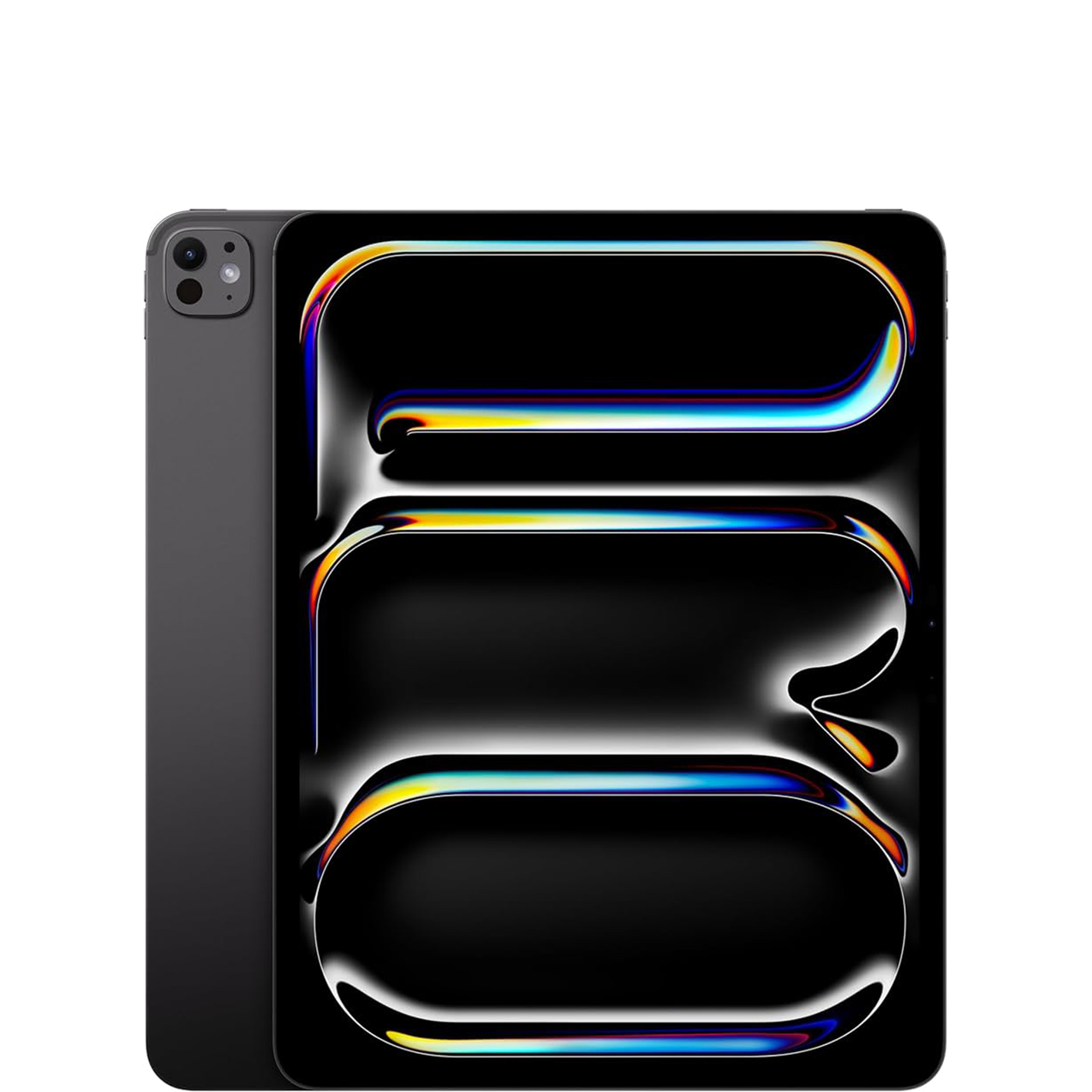
This is the most powerful iPad your money can buy, and more powerful than most laptops at that. If you’re prepared to put the money down, you’re rewarded with a tactile super-brain and new horizons in portable music-making.
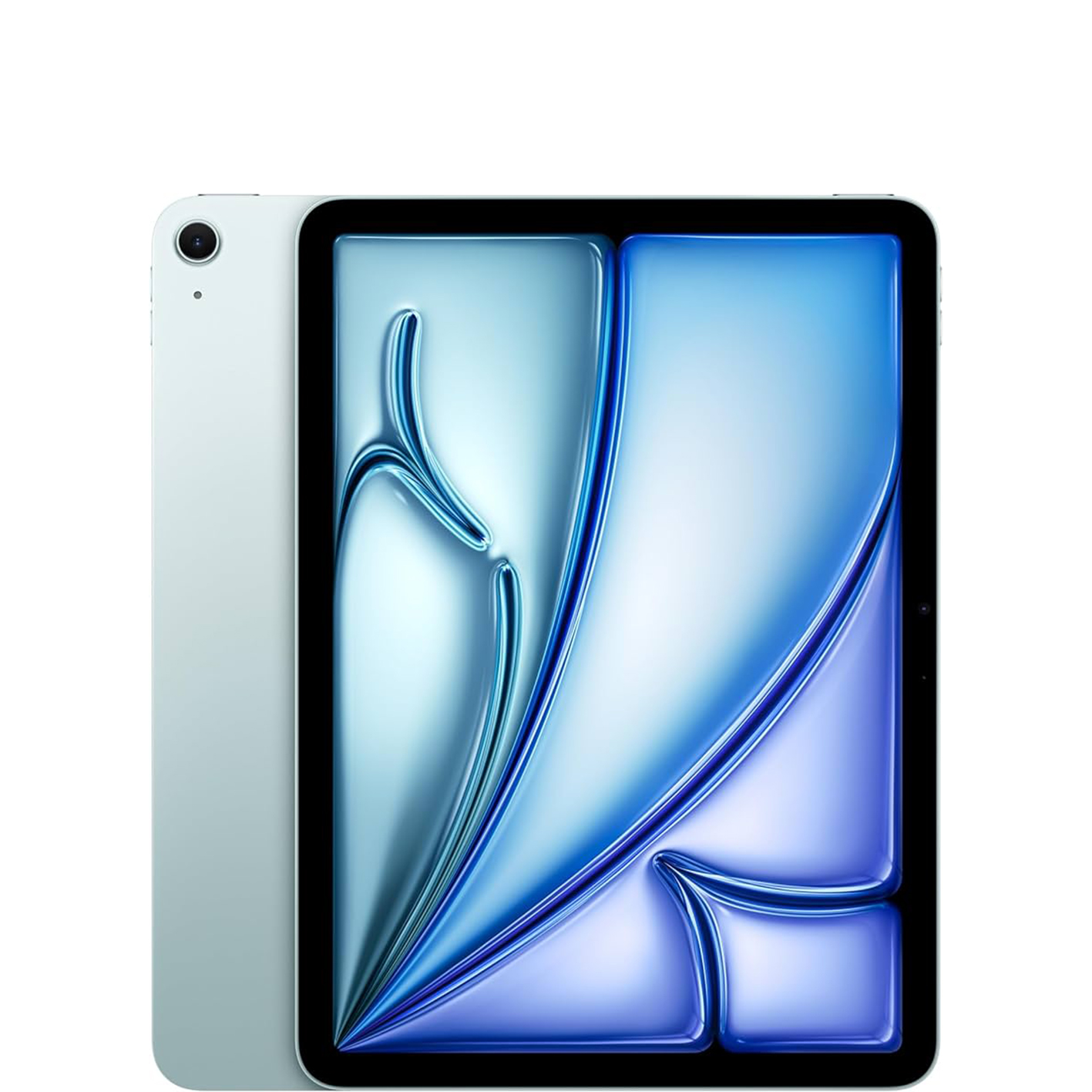
This, the smaller of the iPad Air M2s, is an ideal backpack-friendly powerhouse. The M2 chip is plenty powerful for the vast majority of audio processes and projects, making this a great secret weapon for producing on the go.

The latest iPad Mini is an excellent, juiced-up alternative to beatmaking on a crowded iPhone screen. While not the most powerful of iPads, its portability is peerless; for portable songwriting and exploring new sounds, you won’t be disappointed.
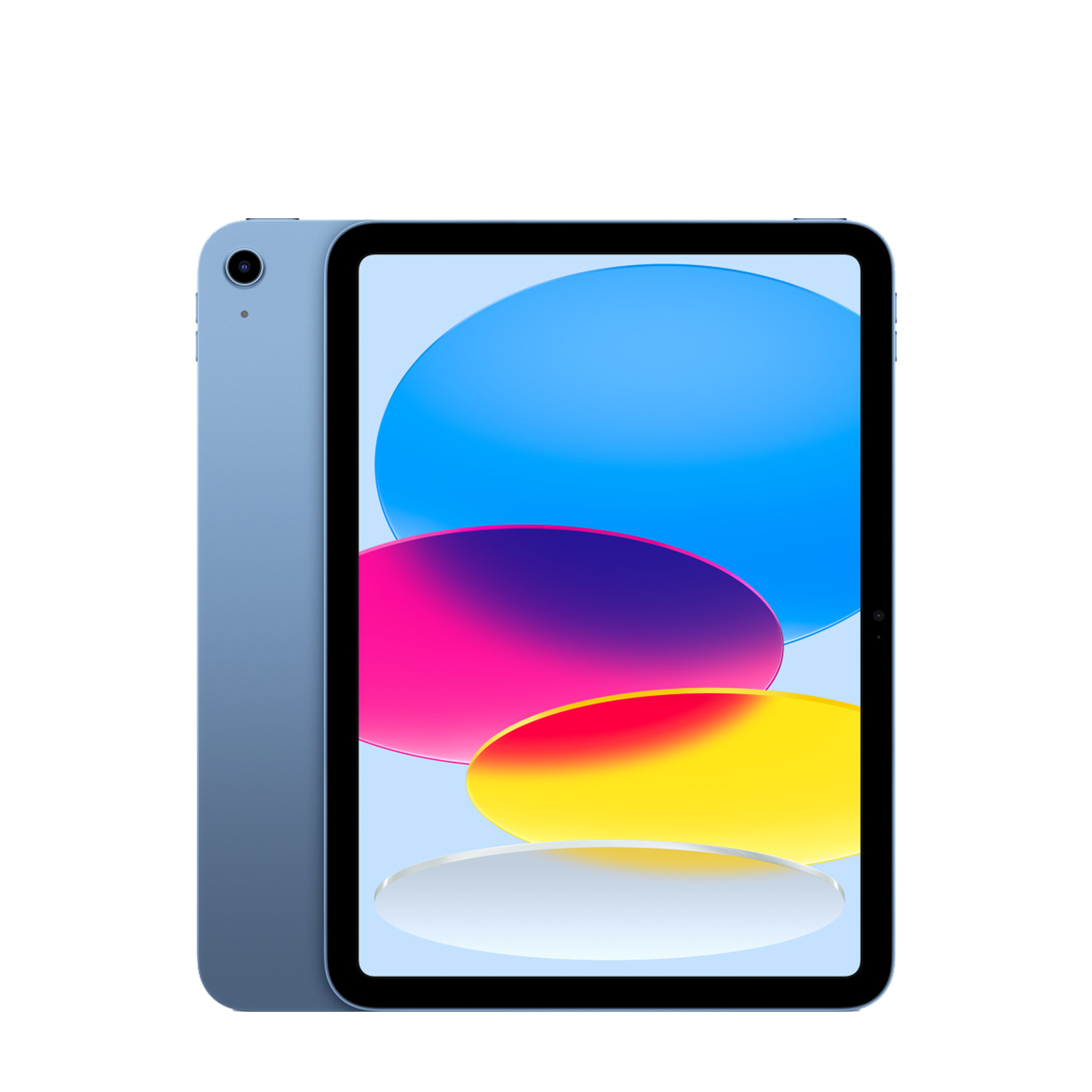
The 10th generation 'standard' iPad is an attractive route into the iPad universe. It's smaller and more portable than the larger Pro, but does now boast a larger screen over the older iPad. You also get better cameras, speakers and power. This our entry-level iPad of choice.
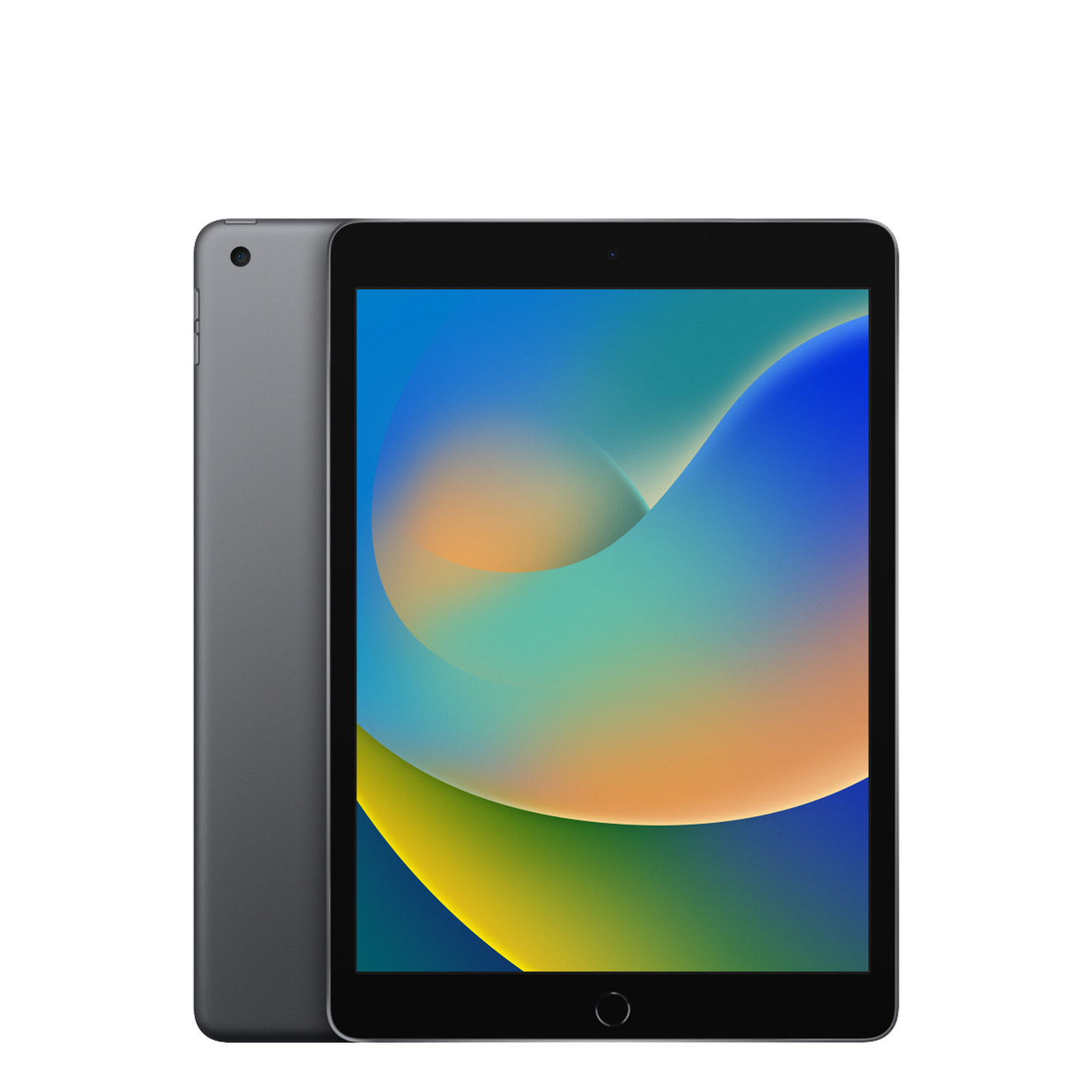
This iPad comes with 64GB capacity as a base level which should be enough for most musicians to own a decent suite of apps. The 10.2-inch screen is neither the biggest or smallest either. And the price? Well next to the Pro this is obviously a steal!
The best overall

1. Apple iPad Pro M4 (13”)
Our expert review:
Specifications
Reasons to buy
Reasons to avoid
The Apple iPad Pro M4 is an incomparably powerful juiced-up tablet-by-name, having more in common with top-shelf music production laptops than it does with other devices that share its form. This is peak iPad, and exceeds the capabilities of a fair few iMacs in the process.
The M4 brain of this iPad Pro is truly cutting-edge, boasting some significant improvements over its predecessor chips with respect to unified memory (read: RAM) speed and neural engine performance. For the musician, this means faster and smoother experiences with memory-intensive Logic Pro sessions or audio processing.
This lightning-quick device could well be powerful enough to run a studio from, though it is somewhat hamstrung by its lack of I/O and its relatively limiting iPadOS. If you’re spending up to £/$2,000 on something to record with, you might be better off buying a complete MacBook Pro - but for sketching, songwriting and producing, with touchscreen tactility, a host of powerful iOS apps at your disposal and without any functional hardware limitations, you’re looking at a holy-grail of portable music-making.
Best lightweight option
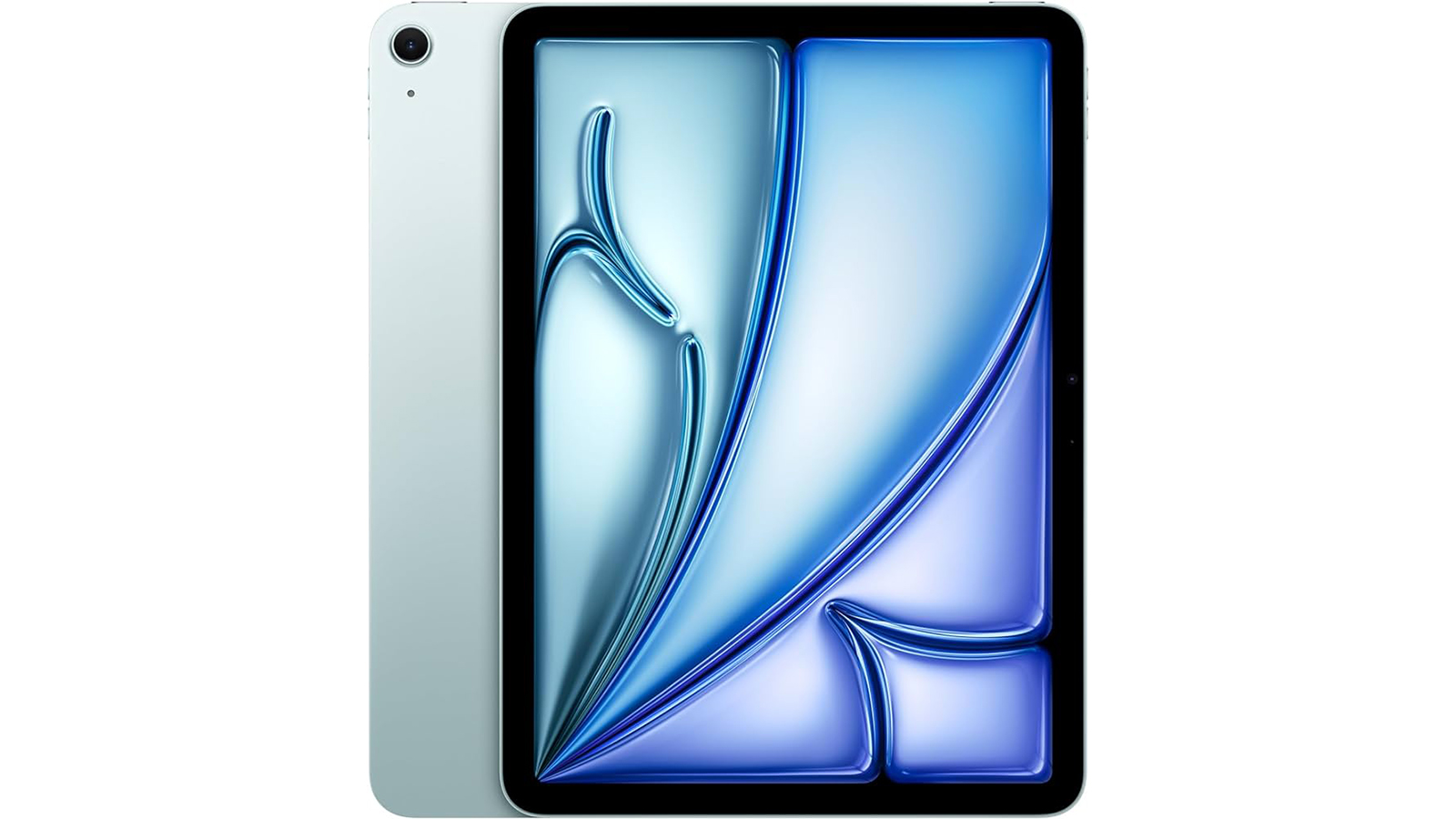
2. Apple iPad Air M2 (11”)
Our expert review:
Specifications
Reasons to buy
Reasons to avoid
The iPad Air M2 is a near-impossibly thin and light tablet, geared towards immense portability and yet somehow more powerful than the standard iPad. This is the smaller 11” model, and a hugely capable little machine - still with enough screen real estate for your needs, and with a lot of powerful circuitry hidden in its 6.1mm-thick chassis.
The M2 chip is a powerful brain for the iPad Air, and one which puts its potential on a relative par with the Mac Mini (OS differences notwithstanding). Its usefulness in pro scenarios endures in spite of the M2 already having been superseded at least twice, by the M3 and the iPad Pro’s M4 chip.
This pace of continued development with respect to Apple silicon is bound to see the M2 chip eventually left in the dust, but for the time being the iPad Air M2 is the second-most powerful iPad on the shelves. If you can make peace with the M2’s power as it exists here (which is ample enough for all but the most resource-intensive creative tasks), you won’t be disappointed by this pre-eminently portable workhorse.
Best on the go
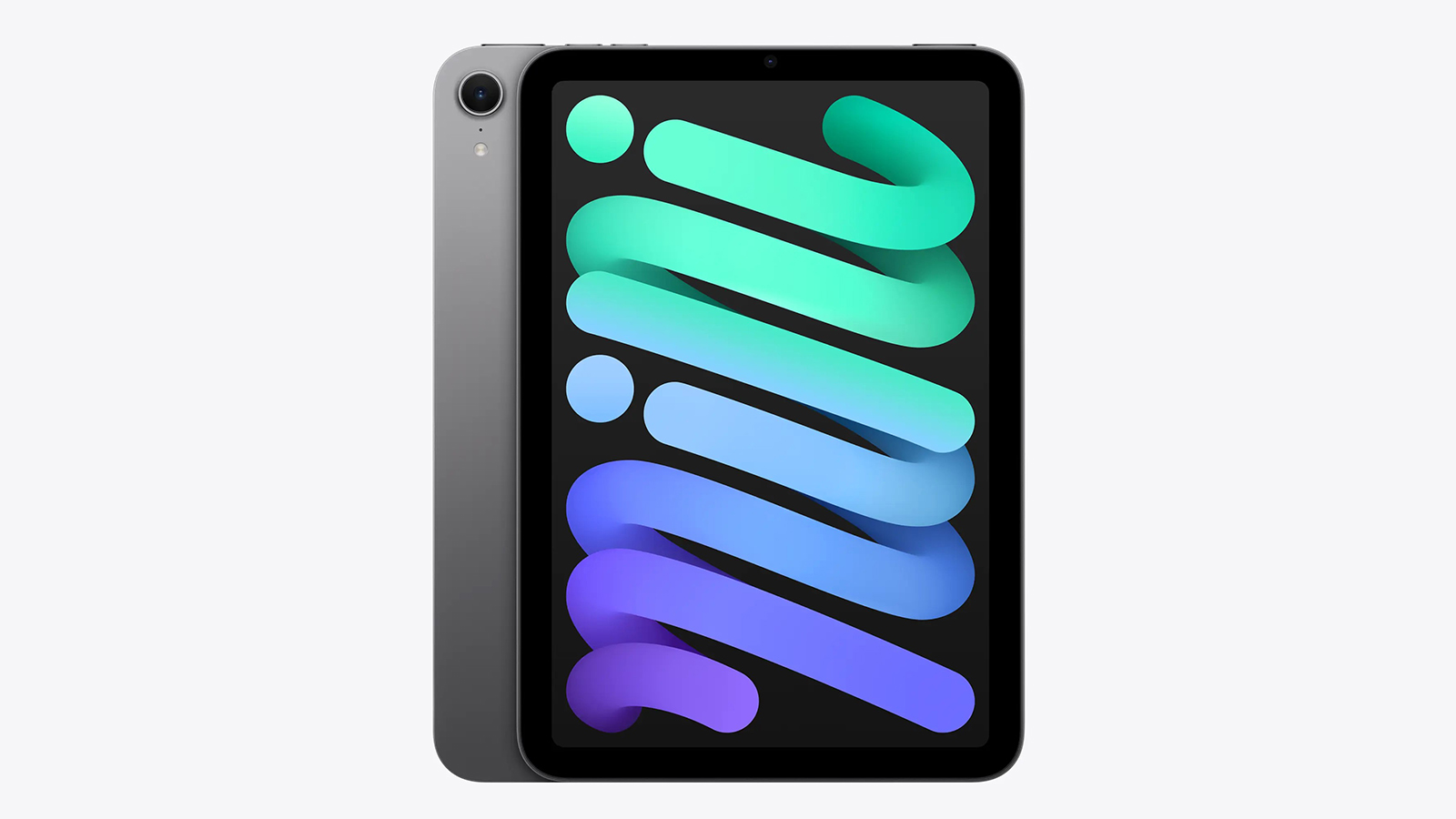
3. Apple iPad mini
Our expert review:
Specifications
Reasons to buy
Reasons to avoid
The smallest item on our best-of list is this, the Apple iPad Mini (with the A17 Pro chip) - a pint-sized ideas-machine that combines the surprising power of Apple’s smartphone processors with a larger screen and a swanky new iPadOS.
This iPad Mini iterates little on its predecessor, but boasts a pretty sweet CPU upgrade in the form of its A17 Pro processor. The A17 Pro isn’t the newest amongst Apple’s own-brand iPhone CPUs, but it’s still a strong piece of kit; it goes all in on its native machine-learning smarts by doubling the juice of the A-series’ Neural Engine, and also offers some modest improvements to CPU and GPU performance besides.
The processing power of the A17 Pro promises to juice up your on-the-go creative potential, though if you’re wanting to delve into some resource-intensive sessions you might be better off getting an iPad with a beefier M-series chip. Still, as a pocket-friendly box of tricks, the iPad Mini could be a perfect budget device.
Best for beginners
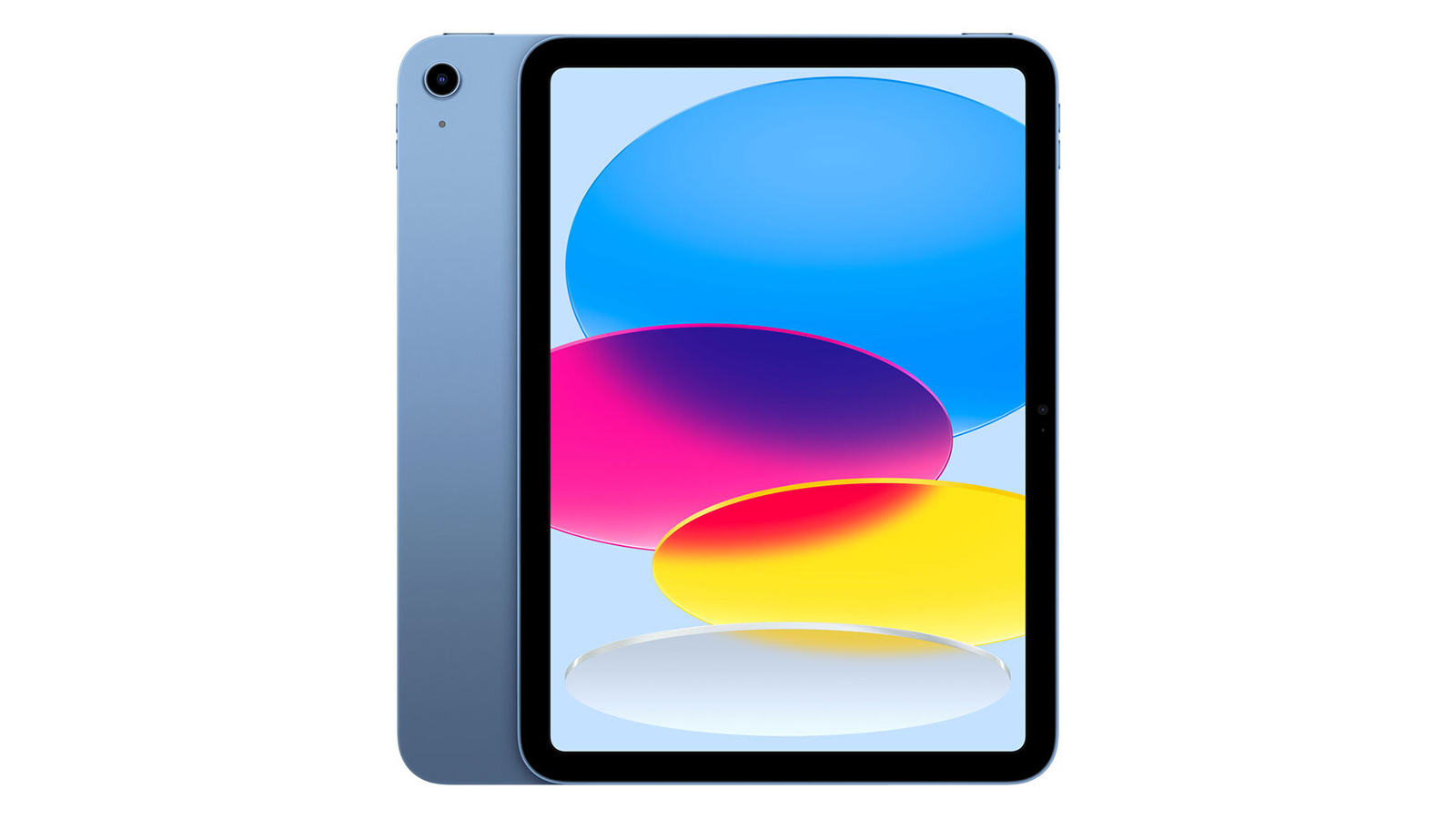
4. Apple iPad (10th Generation)
Our expert review:
Specifications
Reasons to buy
Reasons to avoid
The latest 10th-gen Apple iPad loses the old Touch ID button below the screen and, with its thinner frame design, looks more in line with the latest mini and Pro. Other than that the size and weight between the 9th gen iPad (still on sale) and newer 10th gen are pretty similar.
The new A14 chip in the 10th gen model makes it more powerful than the older 9th gen though, but you can't help being disappointed that Apple didn't notch it up to the A15 (as in the mini) or even and M1 to really make this the best iPad to buy.
Whichever way you look at it though, the 10th generation 'standard' iPad is an attractive route into the iPad universe. It's smaller and more portable than the larger Pro, but does now boast a larger screen over the older iPad.
And if you were choosing between the older 9th gen and newer 10th, then you also have to weigh up quite a high price hike between the two models. But you are also getting better cameras, speakers (placed wider with better stereo) and power with the 10th gen so we think it's just about worth it, making this our entry-level iPad of choice.
Best budget iPad

5. Apple iPad (9th generation)
Our expert review:
Specifications
Reasons to buy
Reasons to avoid
To say that the older ninth generation iPad is languishing in last place for music producers is somewhat unfair as it still represents a decent buy - it's just the others have had their power souped up or other specs tweaked the right way. Here, cost is undeniably a key target for Apple to keep down, so it's the cheapest iPad but also the least powerful.
Nevertheless there are good points. It comes with 64GB capacity as a base level – the 32GB on the previous generation had been looking too weedy for too long – which should be enough for most musicians to own a decent suite of apps. The 10.2-inch screen is neither the biggest or smallest either. And the price? Well next to the Pro this is obviously a steal but in the world of Apple and music making, you want the biggest and best and even though this is a third of the price of the Pro, we know which we're saving for.
FAQs
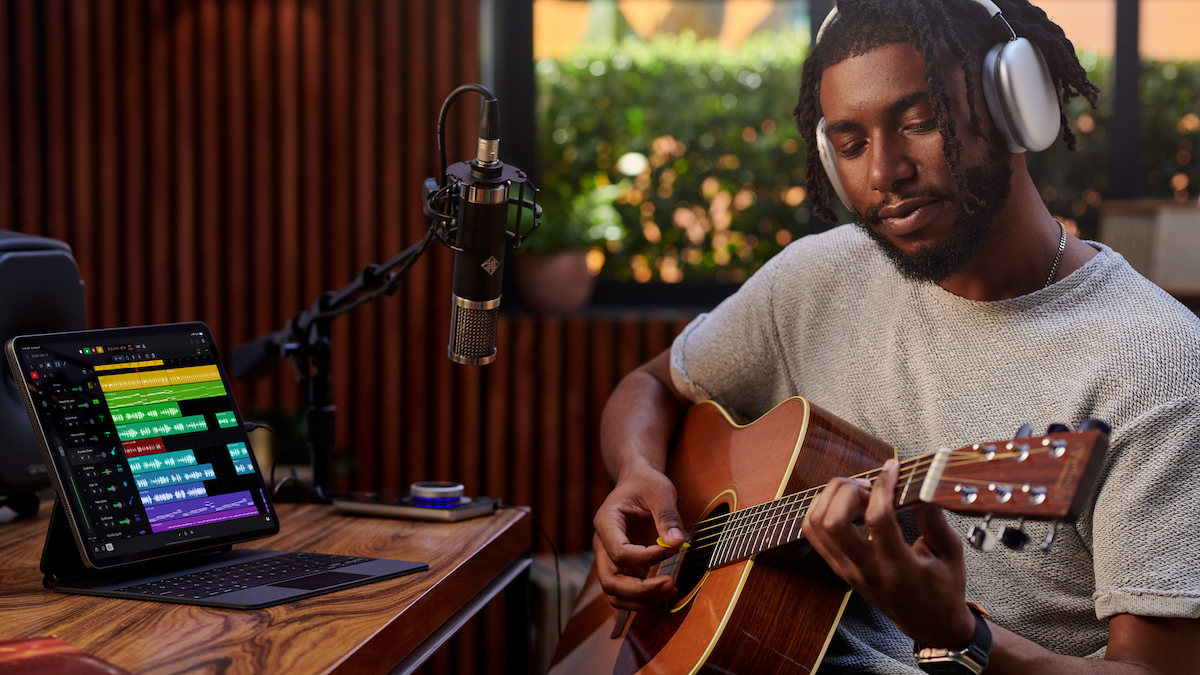
Are iPads good for making music?
Since the first iPad was announced in January 2010, Apple’s tablet has been an extremely promising device for music-making. Even in those retrospectively-underpowered early iterations of the tablet, the iPad was a formidable writing tool - from basic apps that put a touch-piano at your finger-tips to involved beat-makers, sample-sequencers and even GarageBand.
Today, with the power of Apple’s proprietary chipsets, the iPad is far more than merely a promising device for making music. The last few iPad releases are the most powerful yet, and powerful enough to rival a great many mid-level laptops on the market. Not only are there more powerful, more involved music-making apps available to use, but today’s iPads can run Logic Pro. The ability to use professional Apple-exclusive audio-engineering tools on a tablet is huge, and makes for some incredible creative opportunities either at home or on the move.
How do you make music on an iPad?
The music-making potential of the iPad is extremely wide. You could use one as a sketching device, for coming up with ideas and playing with textures; iOS software synths from the likes of Moog and Korg are endlessly tweakable, and analogous to their real-life counterpart devices, while simple recording apps like GarageBand make it easy to hammer out demos with VSTs, touch-control of instruments and the in-built microphone for scratch instruments or vocals.
With a little more investment in external equipment, your iPad could be levelled up into a bona fide on-the-go recording studio. With a decent USB microphone, you can get studio-quality captures of field recordings, instruments or vocals straight into your iPad, making it a production powerhouse in tandem with its DAW capabilities. You might even get a USB-C interface to speak to your iPad, making it a mobile studio all of its own.
Alternatively, your iPad could be the central brain of a live performance set-up. iOS apps could be used as live instruments or backing tracks, and USB-connected MIDI controllers could allow you more tactile control over their parameters - as well as the opportunity to load sampled instruments or synths up, effectively making your iPad a supercharged arranger keyboard.
Outside of direct and conventional music making practice, the iPad can be a supremely handy supplementary device for professional creativity. Music notation software makes it easy for professional musicians to follow and even notate scores on-the-job, while other note-taking apps make tracking creative sessions and arrangement plans that little bit easier. These examples don’t even scratch the surface; you could intuit entirely new workflows with a souped-up tablet nestled in your studio!
What’s the difference between each type of iPad?
To the casual observer, all of Apple’s iPads might look pretty similar, but there are some crucial differences. The most obvious physical one is size: the iPad mini is the smallest, with an 8.3” display, while the 13” iPad Pro gives you the largest display. The other models in the range all fall somewhere between these two extremes.
Power is another big difference, and a bit of an awkward one, as different types of iPad get new chips at different times. The iPad Pro M4 rubs shoulders with the iPad Air M2, while the standard iPad still makes do with an A14 Bionic chip. As far as processing power goes, most won’t necessarily need the extra oomph provided by newer chips, but if you’re serious about stacking synths - and about other disciplines like video editing - you might want the headroom provided by a beefier CPU with more unified memory.
You also need to think about onboard storage. iPads don’t accept memory cards, so what you buy is what you’re stuck with. Some of the best music-making apps - like Moog Model D for iOS, Korg Gadget and Nanostudio - take up multiple gigabytes of space, so don’t scrimp in this area. Smaller iPads like the mini naturally have fewer, and smaller, storage size options, while the iPad Pro offers up to 2TB of storage.
The final and possibly most important consideration, though, is price. Buying the biggest, most powerful, most capacious iPad will cost you serious money, so for most of us it’s about finding the best balance between features and affordability.
What’s the difference between Apple chips?
If you’re new to the Apple ecosystem, their alphanumeric naming system for their proprietary CPUs is more likely to confuse than enthuse. Here, let’s break down the past and present of Apple’s processors a little more succinctly, so you know what you’re buying when it comes time to choose.
Apple’s A-series chips are used in their iPhones, as well as in the stock iPad and the iPad mini (A17 Pro). These smaller chips are no less powerful for their diminutiveness, the A17 Pro chip boasting a not-inconsiderable 8GB of RAM as well as a souped-up six-core GPU.
Apple’s M-series chips are larger, heavier-duty affairs, used across Apple’s range of laptops and iMacs as well as in the iPad Air and iPad Pro. These beasties bear some base similarities to the A-series chips architecturally, but are beefed-up in some key ways - including higher core counts, and big improvements on RAM and CPU performance.
As for which you should be looking at… If you’re intending to use your new iPad to run multitrack recording sessions into Logic, you’ll want one with an M-series chip for that additional headroom. If you’re looking for an on-the-go beat-making or idea-catching machine, the A-series chips are more than sufficient.

What is Apple Intelligence?
Apple Intelligence is Apple’s own hat in the artificial-intelligence ring, a sub-field of modern technology that’s had almost every consumer tech organisation scrambling over each other to make their own public-facing mark. We’ve all seen the increasingly-convincing GIFs of Will Smith eating spaghetti, and we’ve all had our own experience with eerie uncanny-valley chatbot conversations; as machine-learning processors improve, so too do devices’ native AI-processing capabilities - and this is where Apple Intelligence comes in.
Apple Intelligence is a formal reboot of Apple’s existing work in this field, rejigging familiar tools like Siri and its own auto-correct feature for a more personalised experience that more directly engages with recent tech leaps. Apple’s newer chips have gone all-in on AI, for instance with dedicated Neural Engines optimised for machine learning. The A17 Pro chip, used in the iPhone 15 and the latest iPad Mini, has doubled down on its Neural Engine performance, by doubling its effectiveness over the last chip.
This doesn’t mean much on the face of things, but in practice can make a lot of little things a lot easier for users - from individualised auto-correction to user-specific photo-editing flourishes. What does this mean for musicians, though? Well, not much - yet.
The administrative benefits of Apple Intelligence are bound to make the back-end bits of being a musician easier, whether drafting emails, touching up press images or sourcing buried demo recordings from arm-length message chains; we should be thankful, perhaps, that Apple Intelligence doesn’t want to reinvent the creative wheel for musicians too much beyond this.
What’s the difference between Lightning and USB-C?
Apple’s handheld iOS devices were, at one point, slave to Apple’s proprietary connector format, Lightning. This non-standard ‘standard’ was fine for Apple’s own purposes, and for mating iPads with first-party equipment, but introduced difficulties when it came to third-party hardware. USB-compliant tech was inconsistent in connecting with iOS devices via adapter hubs and cables, and new software updates for the iPad would frequently create new connectivity issues where there hadn’t been before.
Thankfully, this music maker’s headache was effectively resolved; a 2022 ruling from the EU required Apple to use the USB-C standard on all phones sold in EU nations from Q3 2024, giving them enough of a push to roll out a complete switch to all their portable devices. This was a good move for Apple anyway, as the USB-C standard has vastly improved data and power capabilities than the Lightning format did - enabling quicker data transfer and quicker charging, as well as more bandwidth for devices via expansion hubs. Besides which, practically every bus-powered piece of audio equipment, from MIDI keyboards to audio interfaces, is USB-compliant.
There may still be some software headaches to come, with respect to getting audio hardware to play ball, but the hard work’s been done. USB-C connectivity is a game-changer for interfacing hardware, enabling the iPad to well and truly step up as a creative brain in a hybrid music-making rig.
How we choose the best iPads for music production
Here at MusicRadar, we are experts in our field, with many years of playing, creating and product testing between us. We live and breathe everything music gear related, and we draw on this knowledge and experience of using products in live, recording and rehearsal scenarios when selecting the products for our guides.
When choosing what we believe to be the best iPads for music production available right now, we combine our hands-on experience, user reviews and testimonies and engage in lengthy discussions with our editorial colleagues to reach a consensus about the top products in any given category. We've been testing and using iPads for music-making purposes for over a decade now, so we also draw on our experience of using most generations of iPad and understanding how they have developed and become more powerful over the years.
First and foremost, we are musicians, and we want other players to find the right product for them. So we take into careful consideration everything from budget to feature set, ease of use and durability.
Find out more about how we test music gear and services at MusicRadar.
Why trust us?
☑️ MusicRadar established 2007
☑️ Over 5,000 reviews on-site
MusicRadar first launched in 2007 and has been an authority on iPads ever since it was clear they were a great tool for music-makers, rigorously testing the majority of key launches since the early days.
The site is run by a diverse team of passionate musicians who live to gig, record and jam, alongside a core group of trusted specialist freelance writers. We understand what music-makers need, because we’re immersed in it ourselves, and we test from this perspective.
Our team have been testing music gear for 18+ years, constantly refining our methodology, delving deeper into products and drawing on our experience of what has come before to understand today’s products better than anyone.
Read more:
MusicRadar's got your back
- Best phones for musicians: top smartphones for music production
- Prefer a desktop? These are the best PCs for music production
- Our pick of the best iPhone microphones
- Best tablets for production: because there's more than just Apple
Want all the hottest music and gear news, reviews, deals, features and more, direct to your inbox? Sign up here.

I’m the Deputy Editor of MusicRadar, having worked on the site since its launch in 2007. I previously spent eight years working on our sister magazine, Computer Music. I’ve been playing the piano, gigging in bands and failing to finish tracks at home for more than 30 years, 24 of which I’ve also spent writing about music and the ever-changing technology used to make it.
- Andy Jones
- James GrimshawFreelance writer